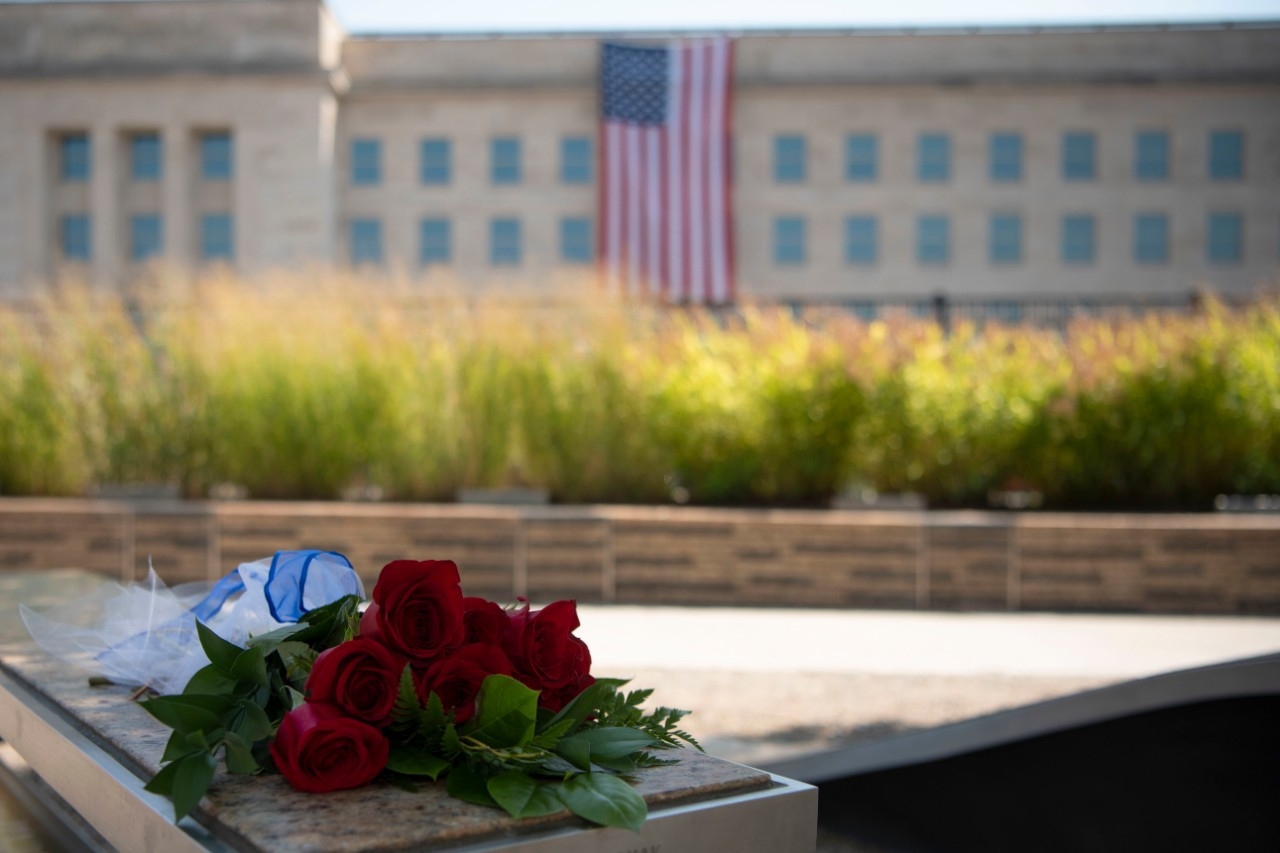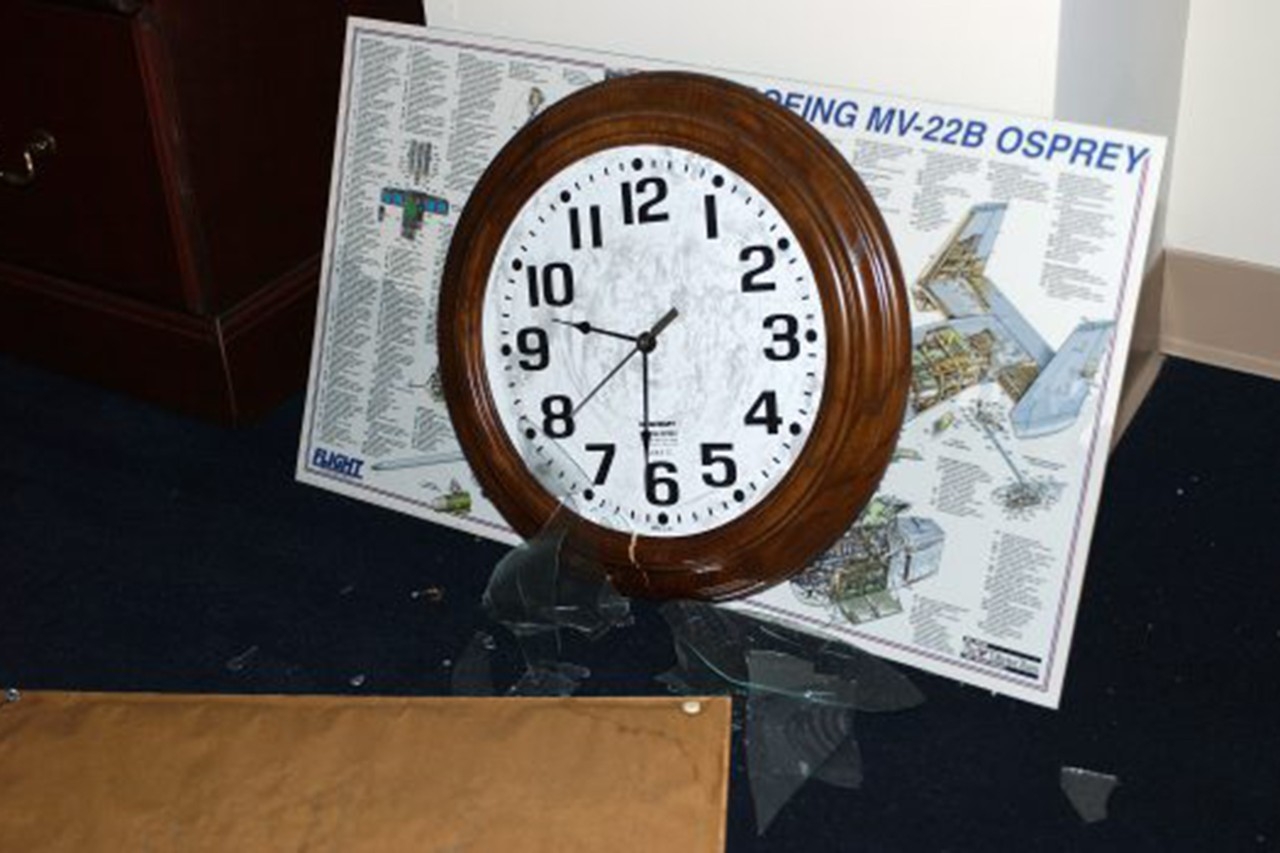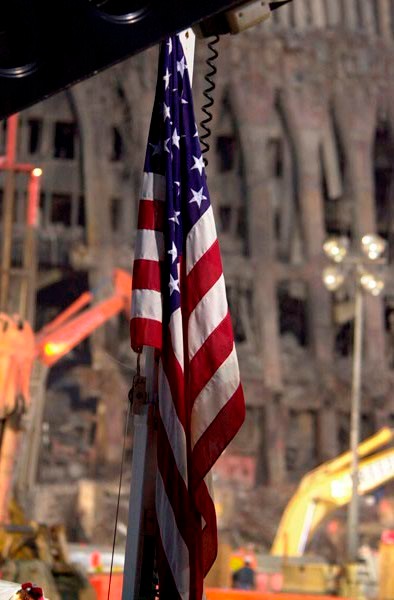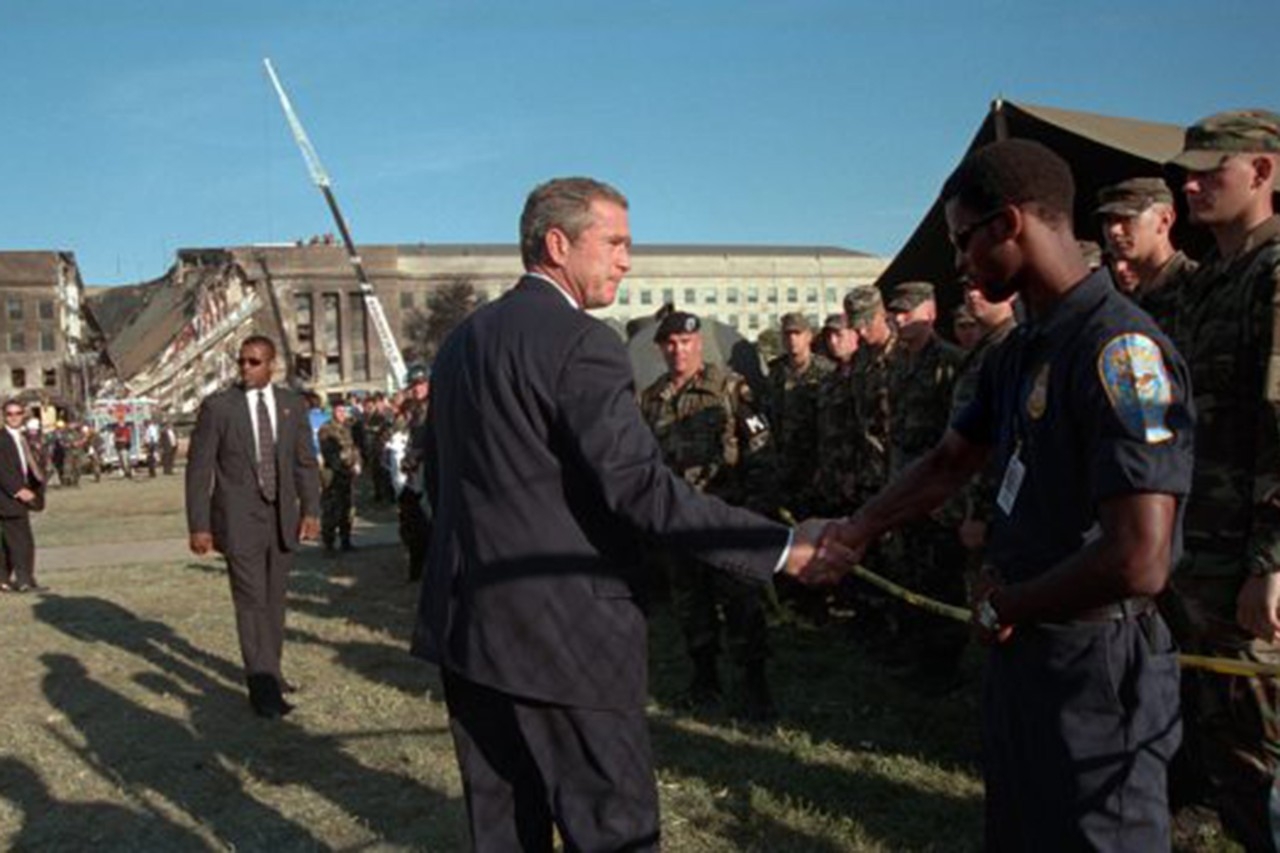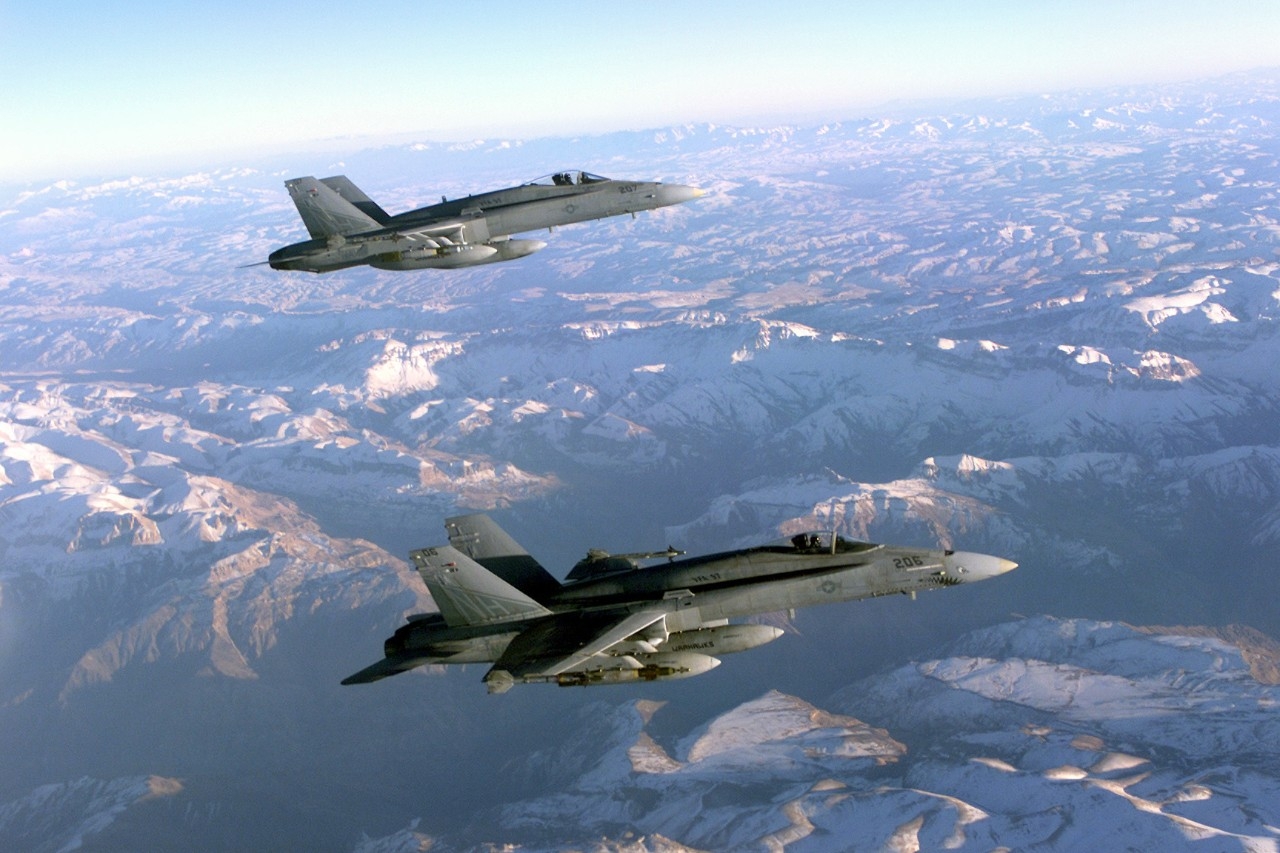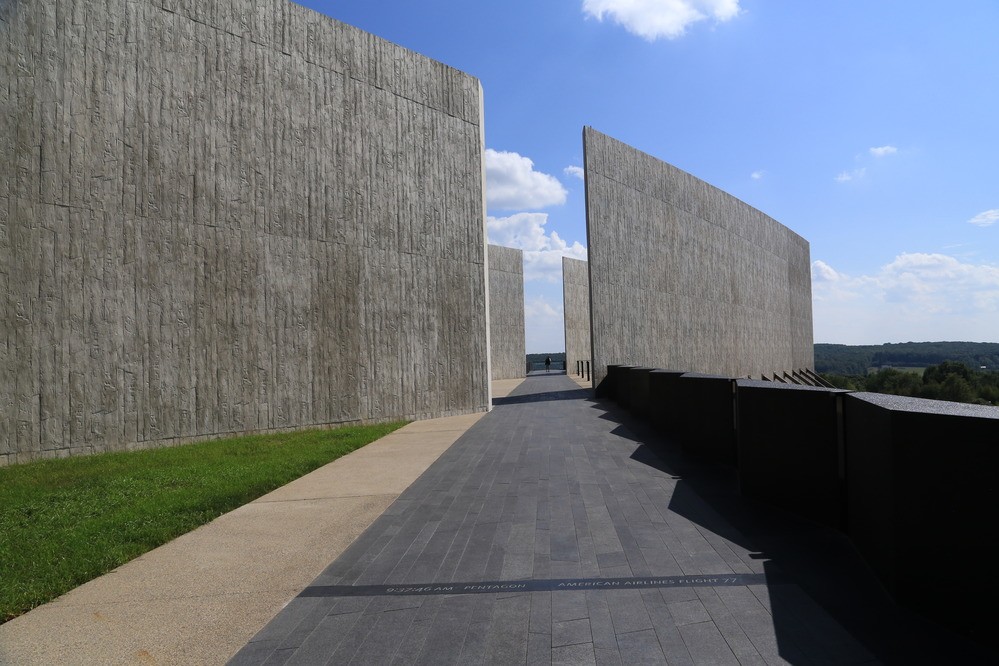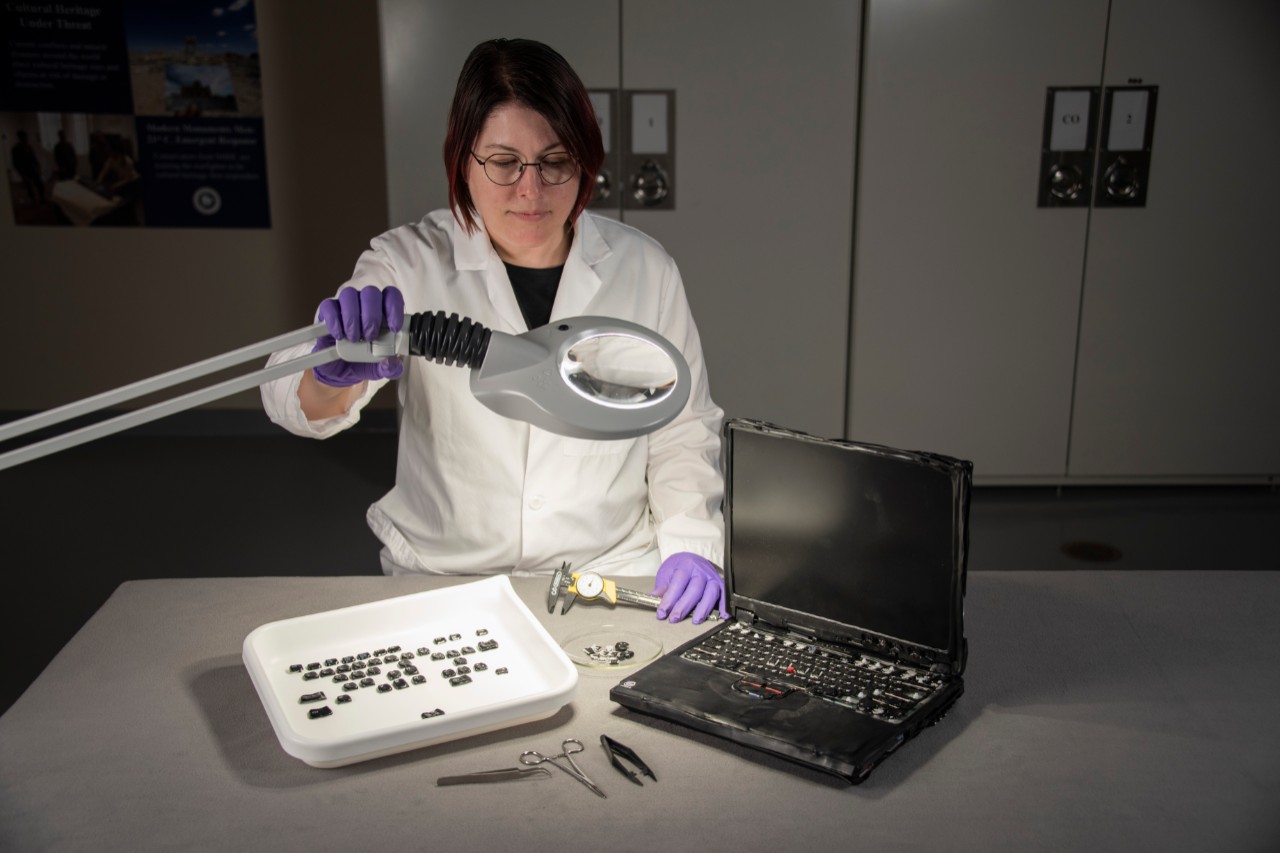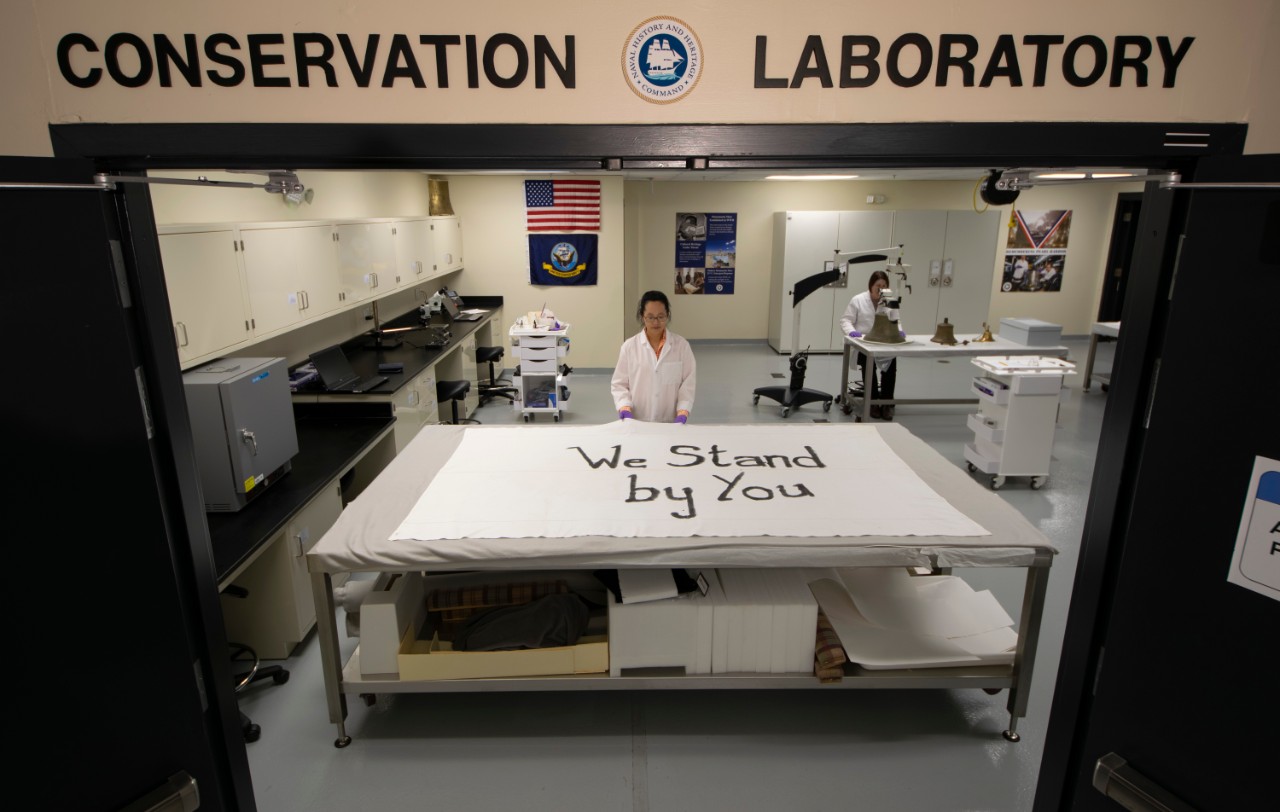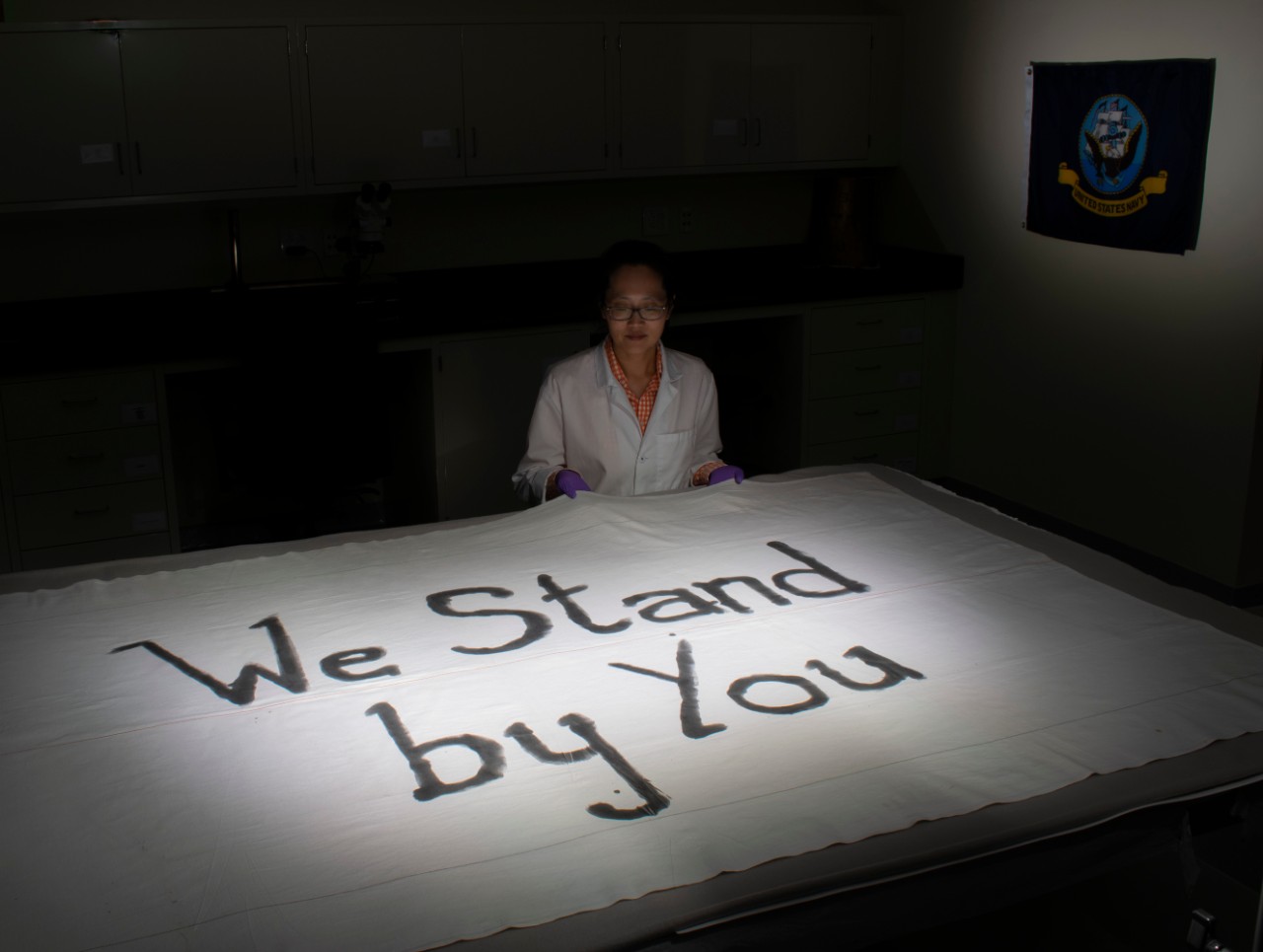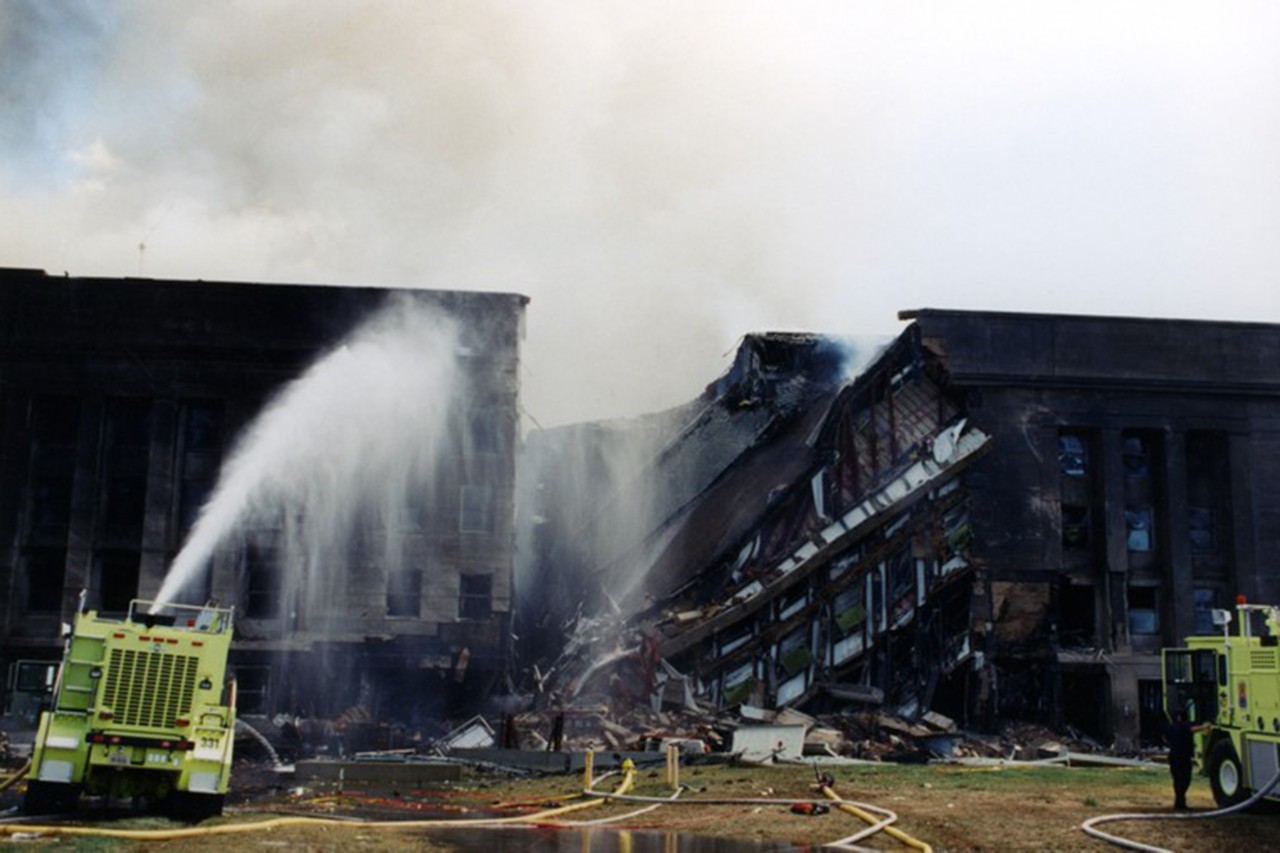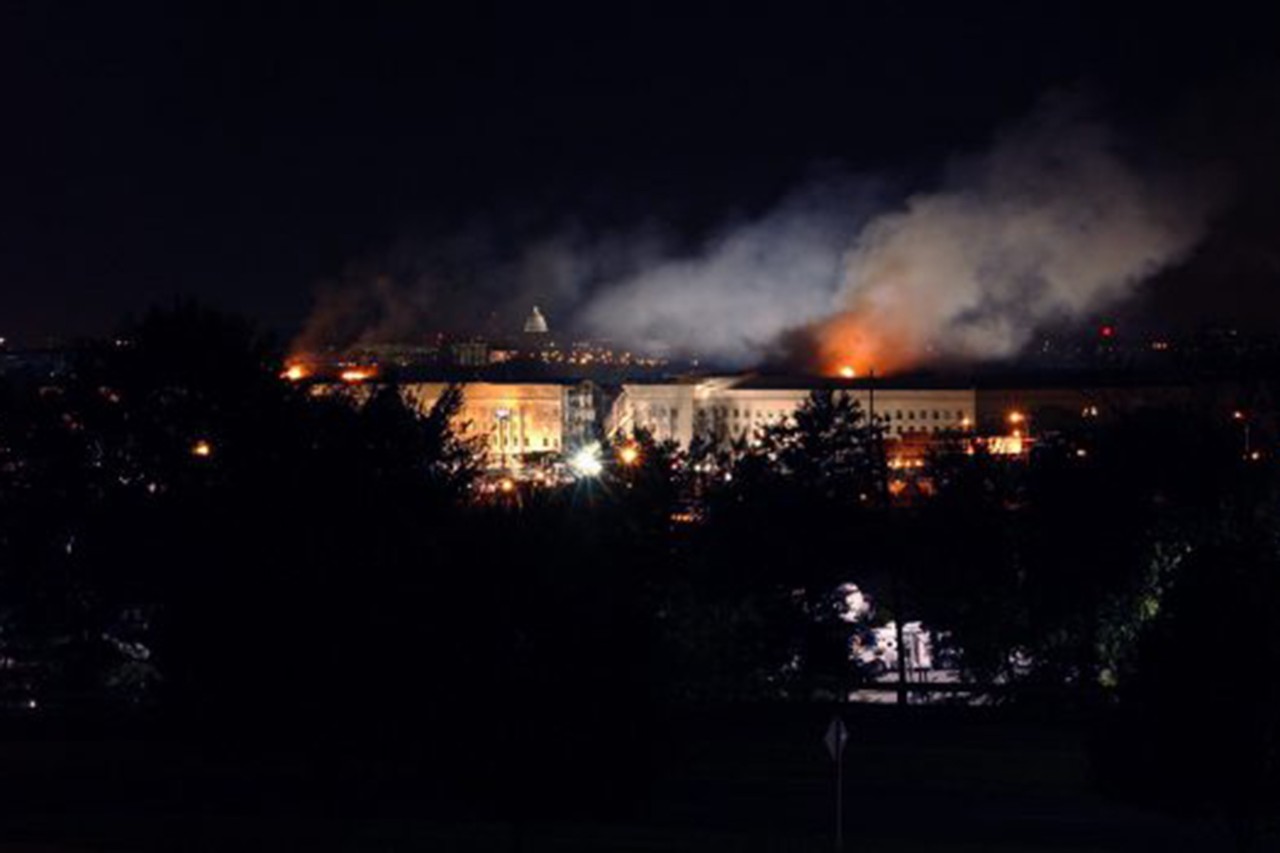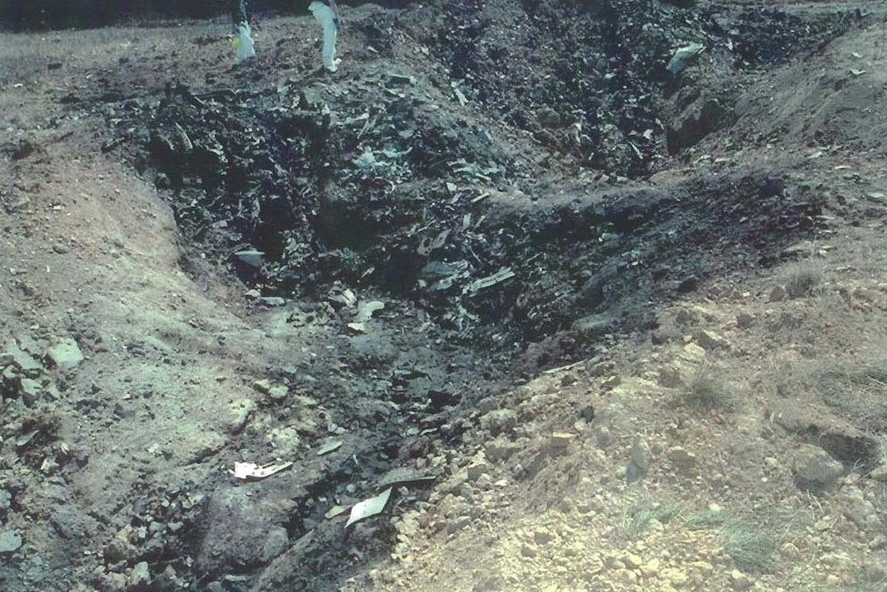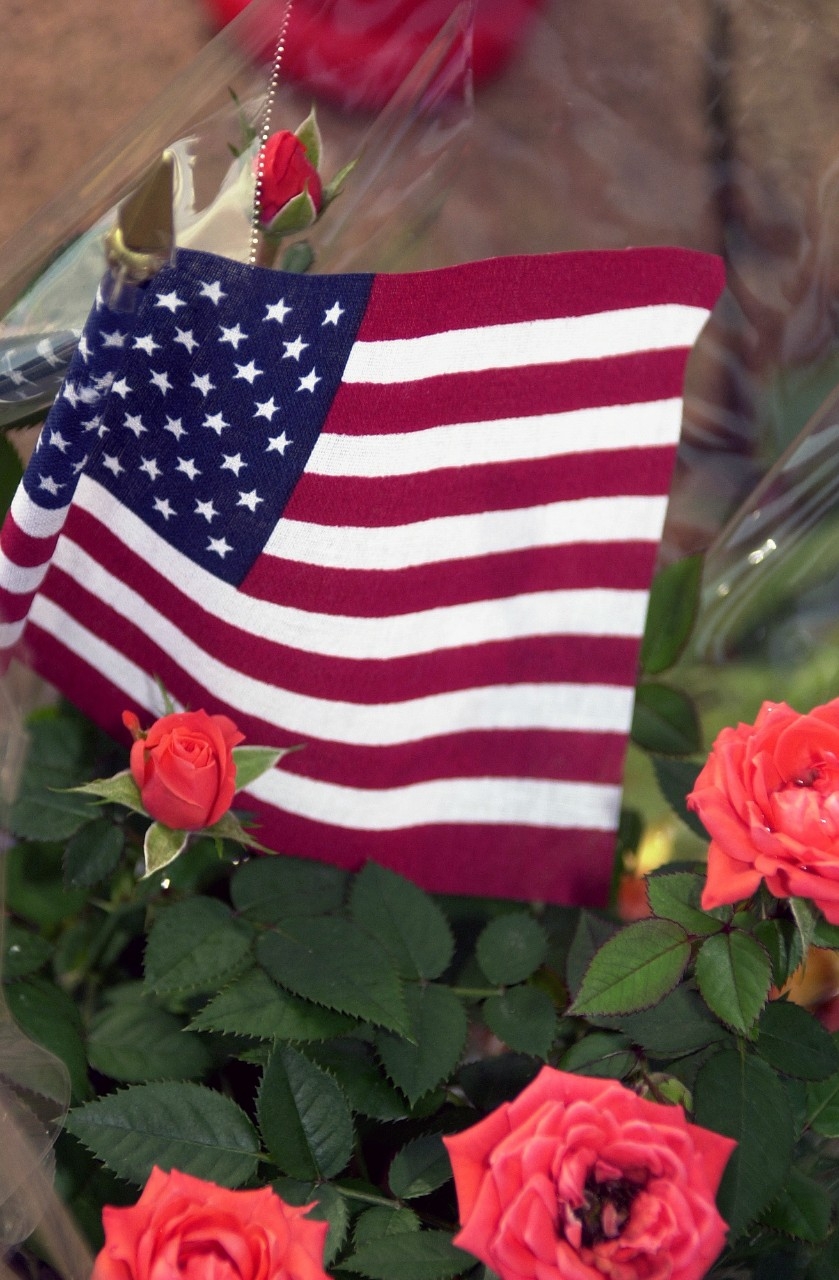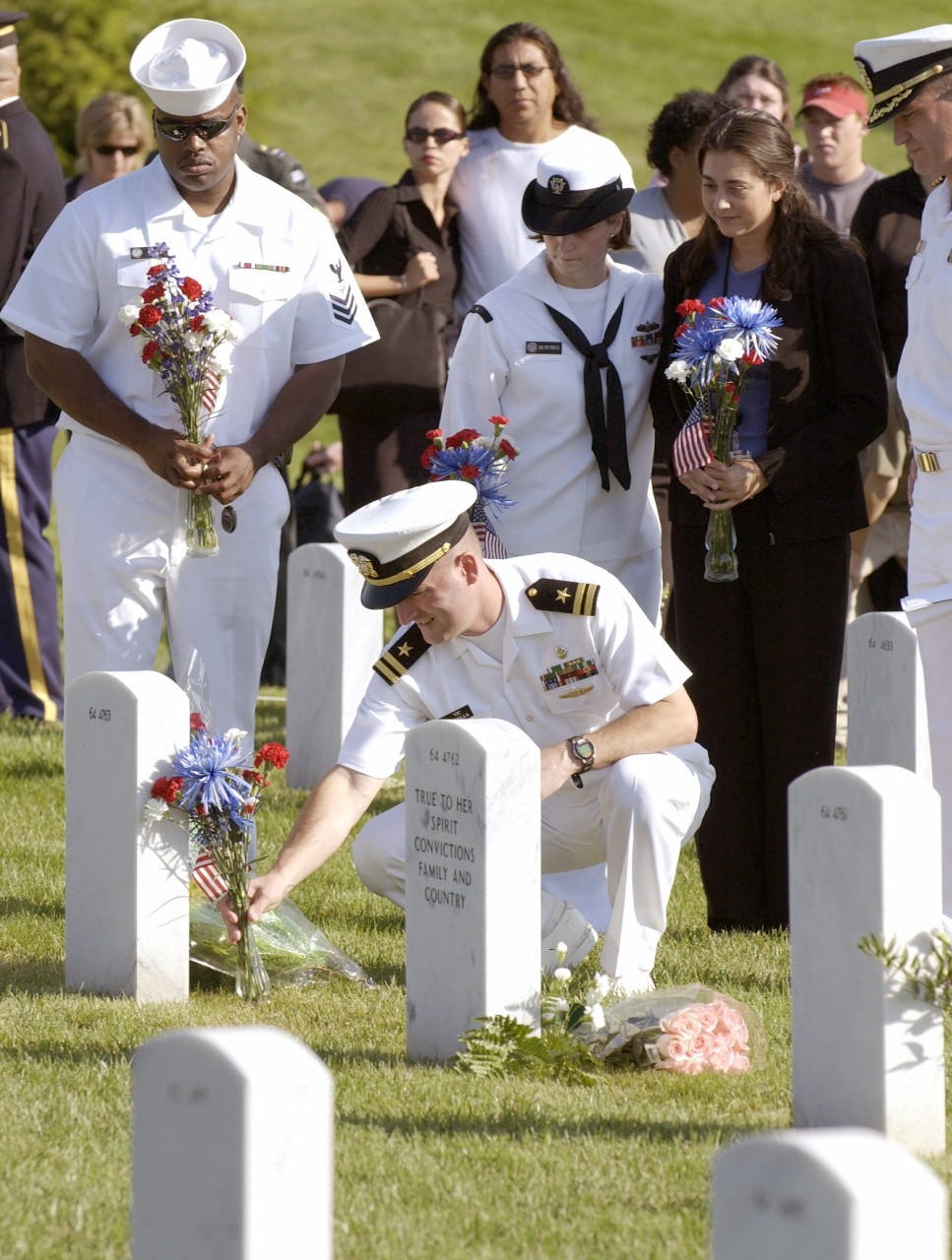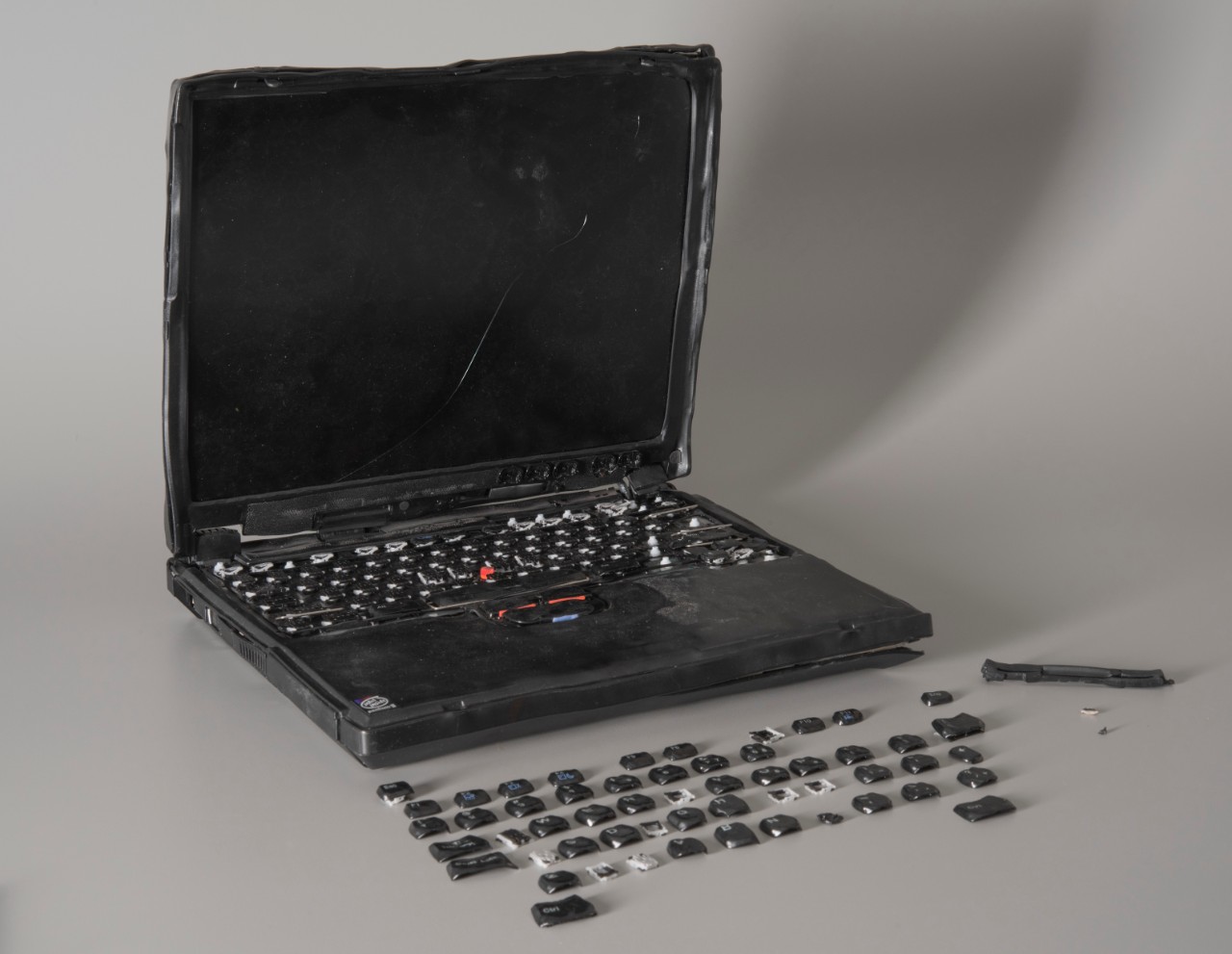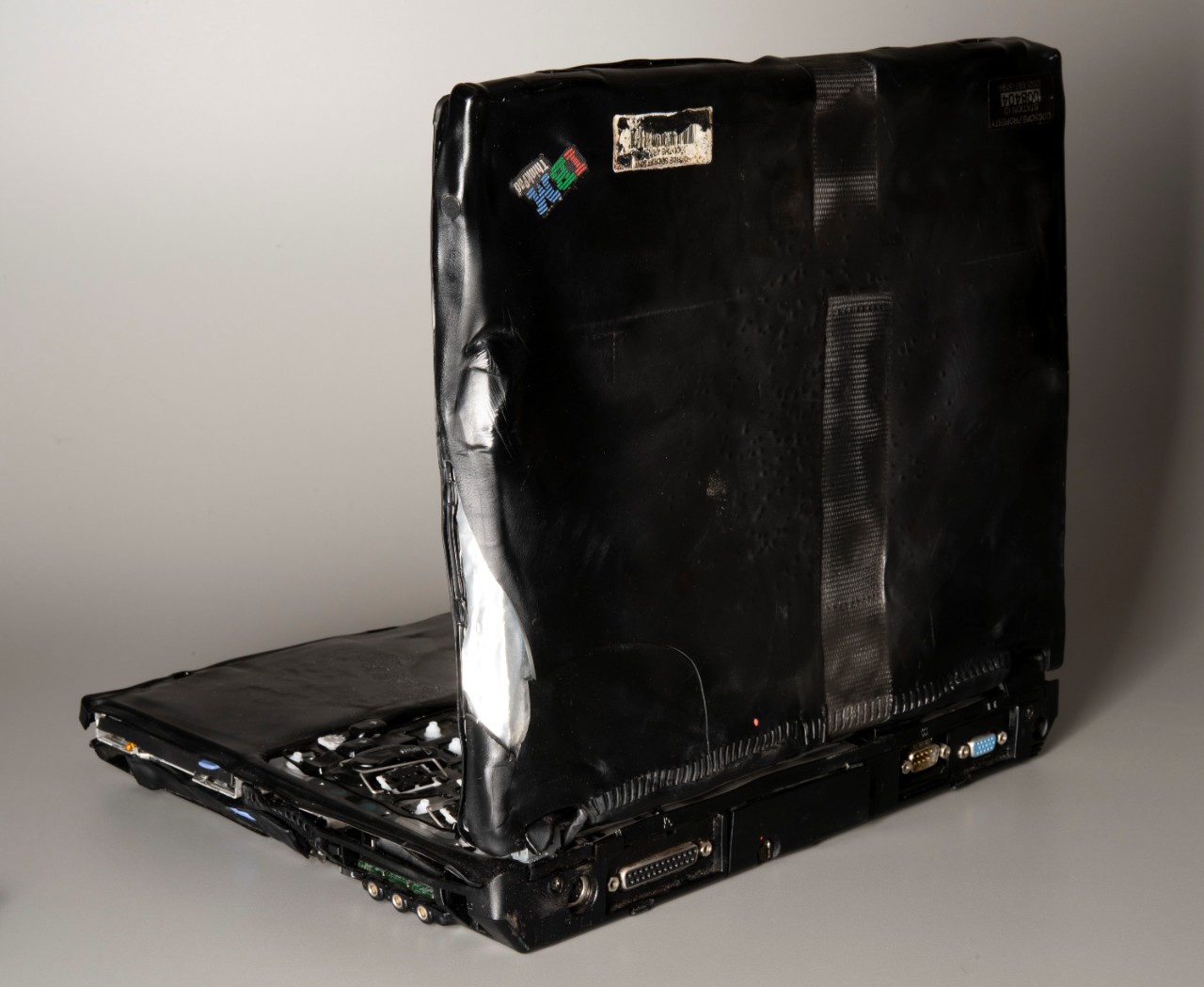The 9/11 Terrorist Attacks
11 September 2001
Attack on the Pentagon on 9/11
Attack on the World Trade Center on 9/11
Introduction
On the morning of 11 September 2001, 19 terrorists from the Islamist extreme group al Qaeda hijacked four commercial aircraft and crashed two of them into the North and South Towers of the World Trade Center complex in New York City. A third plane crashed into the Pentagon in Arlington, Virginia. After learning about the other attacks, passengers on the fourth hijacked plane, Flight 93, fought back, and the plane was crashed into an empty field in western Pennsylvania about 20 minutes by air from Washington, D.C. The Twin Towers ultimately collapsed, due to the damage from the impacts and subsequent fires. Nearly 3,000 people were killed from 93 different countries. Most of the fatalities were from the attacks on the World Trade Center. The Pentagon lost 184 civilians and servicemembers and 40 people were killed on Flight 93. It was the worst attack on American soil since the Japanese attacked Pearl Harbor in 1941.
After the Taliban refused to turn over the mastermind of the attacks, Osama Bin Laden, Operation Enduring Freedom officially began 7 October 2001 with American and British bombing strikes against al Qaeda and Taliban forces in Afghanistan. Initially, the Taliban was removed from power and al Qaeda was seriously crippled, but allied forces continually dealt with a stubborn Taliban insurgency, infrastructure rebuilding, and corruption among the Afghan National Army, Afghan National Police, and Afghan Border Police. Bin Laden would go into hiding for nearly 10 years.
On 2 May 2011, U.S. Navy SEALs launched a nighttime raid on Bin Laden’s compound in Abbottabad, Pakistan, killing the al Qaeda leader. Operation Enduring Freedom officially ended 28 December 2014, although coalition forces remained on the ground to assist with training Afghan security forces. American troops departed Afghanistan in August 2021.
Attack on the Pentagon on 9/11
Oral Histories - Navy Archives
Navy Combat Documentation Detachment 206 Pentagon 9/11 Oral Histories
In the immediate aftermath of the attacks on 11 September, the Department of Defense and all of the branches of the Armed Forces began efforts to document the attacks. The Naval Historical Center (the predecessor of NHHC) activated its reserve unit, Navy Combat Documentation Detachment 206 (DET 206) to assist in the documentation efforts. Over the next ten months, DET 206 reservists and NHC Historians interviewed hundreds of individuals who were in the Pentagon on the day of the attack or were directly involved in the Navy’s response and the work that followed. The Navy Archives has received permission to release a portion of the oral histories to the public for the first time since they were recorded. The oral histories that have been authorized for release can be found at the link above.
Archives Collections - Navy Archives
- AR/668 Pentagon Attack Narrative Accounts
- AR/670 DET 206: Documenting the Attack on the Pentagon on 9/11
Blogs/Articles
- Rescue Activity at the Pentagon after al Qaeda Terrorist Attack, 11 September 2001, recollections of Lieutenant Commander David Tarantino.
- Emergency Medical Activity after Pentagon Attack, 11 September 2001, recollections of Captain John P. Ferrick
- Escape From the Pentagon: NSWC Crane Group on 9/11, article by NHHC Historian Guy Nasuti
Artifact Collection
- Terror Attack, 11 September 2001, artifacts that were at the Pentagon at the time of the attack to include a laptop, window glass, and a door sign from the Pentagon’s E-Ring
Photo Gallery
- The Attack on the Pentagon. The photos in this gallery are a small portion of those found in the Pentagon 9/11 collections held by Navy Archives.
Graphics
- Documenting the Attack on the Pentagon on 9/11. These graphics were originally printed in Pentagon 9/11 (Defense Studies Series), the official Office of the Secretary of Defense (OSD) account of the attack on the Pentagon.
Suggested Reading
Attack on the World Trade Center on 9/11
Oral Histories - Navy Archives
The oral histories document the experiences of Navy personnel in New York, New Jersey, Connecticut, and Rhode Island on the day of the attacks and in the days and weeks following.
Navy Combat Documentation Detachment 206 Pentagon 9/11 Oral History: CDR Terrence Dwyer
Commander Dwyer was the head of medical services on the USNS Comfort in September 2001. His oral history documents the service of USNS Comfort in New York City following the attacks.
Archives Collection - Navy Archives
Photo Gallery
- Fleet Combat Camera Atlantic in New York City After 9/11. U.S. Navy Fleet Combat Camera Atlantic photographers deployed to New York City to document the aftermath of the attacks on 11 September 2001. These photographs are a few of those taken by these Navy combat photographers.
- USNS Comfort in New York City After 9/11. The photos in this gallery were taken onboard USNS Comfort beginning on 12 September 2001.
Blogs/Articles
- USNS Comfort (T-AH 20) Deployment to New York City following the al Qaeda Terrorist Attack on the World Trade Center, recollections of Captain Ralph Bally
Suggested Reading
9/11 Terrorist Attacks (General)
Oral Histories - Navy Archives
The oral histories focus on the experiences of Naval Staff on duty in London at Naval Forces Europe (CINCUSNAVEUR) on 9/11, as well their work in the aftermath and their observations on foreign reactions to the attacks.
DET 206 reservists deployed to Norfolk in December 2001 to document CINCLANTFLT and SECONDFLT operations leading up to September 11, the immediate response following the attacks; and operations in the days and weeks after the attacks. The oral histories in this collection offer overlapping and complementary perspectives.
Archives Collection - Navy Archives
- AR/688 DET 206: Documenting Operation Enduring Freedom - CINCLANTFLT & COMSECONDFLT Norfolk
- AR/705 DET 206: Documenting Operation Enduring Freedom & 9/11 - CINCUSNAVEUR London
- Selected Photos from Navy Archives Collections
Artifact Collection
- “We Stand By You” banner, displayed by German destroyer FGS Lutjens to USS Winston Churchill (DDG-81) following 9/11 attacks
Artifact Conservation
- Highlighted Projects. Recently, NHHC's Conservation Branch was tasked with assessing, analyzing, and conserving two evocative objects associated with the September 11 Terrorist Attack: a banner of solidarity produced from a bedsheet by crew members from the German destroyer FGS Lutjens displayed while alongside USS Winston Churchill on 14 September 2001, and a severely damaged laptop recovered from the rubble of the Pentagon.
Suggested Reading
Two Navy F/A-18 Hornets patrol the skies over Afghanistan in support of Operation Enduring Freedom. Both carry external fuel tanks and are armed with Paveway II laser guided GBU-16 1,000-pound bombs and AIM-9 Sidewinder missiles. In response to the terrorist attacks on 11 September 2001 at the New York World Trade Center and the Pentagon, President George W. Bush initiated Operation Enduring Freedom in support of the Global War on Terrorism. National Archives identifier, 6602325.
An American flag was among the mementos left by German citizens who marched from Ramstein Village to Ramstein Air Base on 14 September 2001. The march was a show of support and empathy for the victims of the terrorist attacks on the World Trade Center’s Twin Towers and at the Pentagon. Hijackers deliberately flew civilian airliners into the buildings, killing themselves, the passengers, and thousands on the ground, 11 September 2001. National Archives identifier, 6598788.
A U.S. Navy lieutenant dropped to one knee and placed flowers on a gravesite, while family, friends and coworkers of the 184 victims of the 11 September 2001 terrorist attack on the Pentagon, look on during a memorial service at the Arlington National Cemetery, 11 September 2003. National Archives identifier, 6647599.

